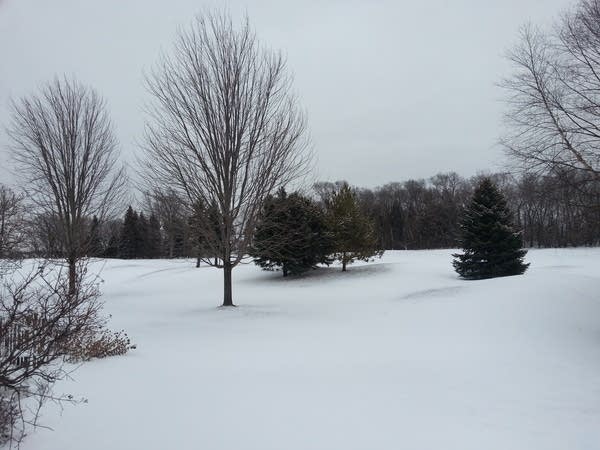'Stratus quo': Cloudiest January on record in the Twin Cities
It's been cloudy 72 percent of the time this month.

Gray sky in Victoria, Minn.
Paul Huttner | MPR News 2017
Go Deeper.
Create an account or log in to save stories.
Like this?
Thanks for liking this story! We have added it to a list of your favorite stories.


